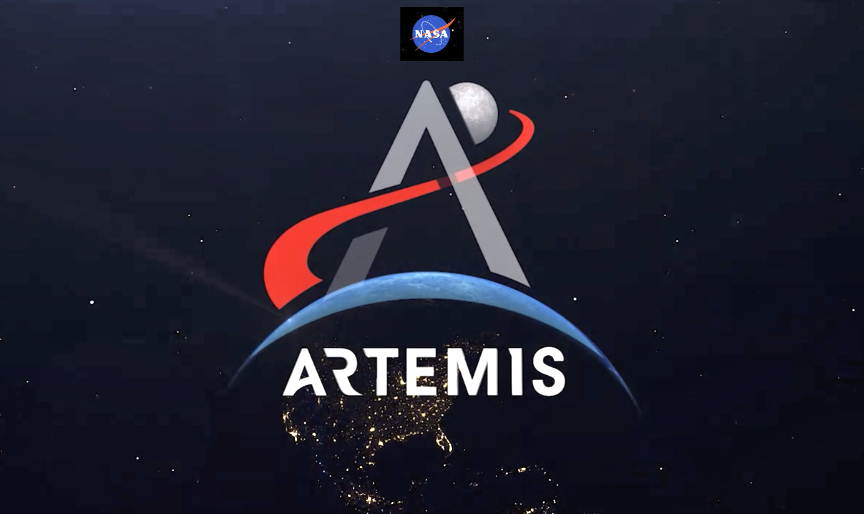
NASA, along with its industry and international partners, is preparing for sustained exploration of the lunar surface with the Artemis campaign to advance science and discovery for the benefit of all. As part of that effort, NASA intends to award Blue Origin and SpaceX additional work under their existing contracts to develop landers that will deliver large pieces of equipment and infrastructure to the lunar surface.

NASA expects to assign demonstration missions to current human landing system providers, SpaceX and Blue Origin, to mature designs of their large cargo landers following successful design certification reviews. The assignment of these missions builds on the 2023 request by NASA for the two companies to develop cargo versions of their crewed human landing systems, now in development for Artemis III, Artemis IV, and Artemis V.
NASA plans for at least two delivery missions with large cargo. The agency intends for SpaceX’s Starship cargo lander to deliver a pressurized rover, currently in development by JAXA (Japan Aerospace Exploration Agency), to the lunar surface no earlier than fiscal year 2032 in support of Artemis VII and later missions. The agency expects Blue Origin to deliver a lunar surface habitat no earlier than fiscal year 2033.
SpaceX will continue cargo lander development and prepare for the Starship cargo mission under Option B of the NextSTEP Appendix H contract. Blue Origin will conduct its cargo lander work and demonstration mission under NextSTEP Appendix P. NASA expects to issue an initial request for proposals to both companies in early 2025.
With the Artemis campaign, NASA will explore more of the Moon than ever before, learn how to live and work away from home, and prepare for future exploration of Mars. NASA’s SLS (Space Launch System) rocket, exploration ground systems, and Orion spacecraft, along with commercial human landing systems, next-generation spacesuits, Gateway lunar space station, and future rovers are NASA’s foundation for deep space exploration.
“NASA is planning for both crewed missions and future services missions to the Moon beyond Artemis V,” said Stephen D. Creech, assistant deputy associate administrator for technical, Moon to Mars Program Office. “The Artemis campaign is a collaborative effort with international and industry partners. Having two lunar lander providers with different approaches for crew and cargo landing capability provides mission flexibility while ensuring a regular cadence of Moon landings for continued discovery and scientific opportunity.”
“Based on current design and development progress for both crew and cargo landers and the Artemis mission schedules for the crew lander versions, NASA assigned a pressurized rover mission for SpaceX and a lunar habitat delivery for Blue Origin,” said Lisa Watson-Morgan, program manager, Human Landing System, at NASA’s Marshall Space Flight Center in Huntsville, Alabama. “These large cargo lander demonstration missions aim to optimize our NASA and industry technical expertise, resources, and funding as we prepare for the future of deep space exploration.”
